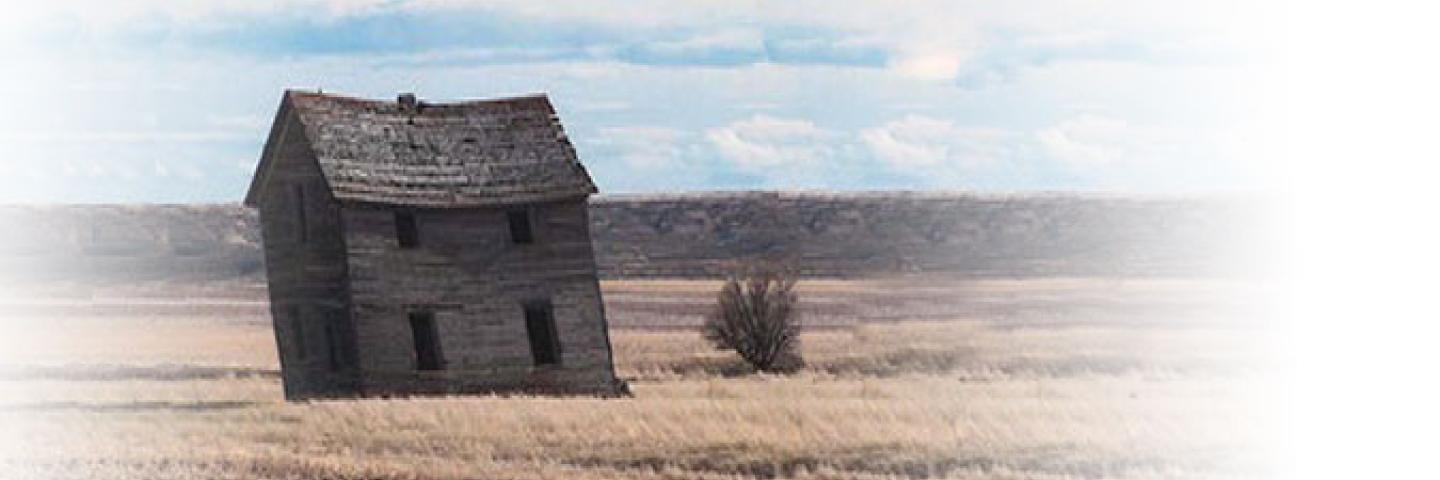
Valley County in the northeastern part of Montana has a total area of 5,062 square miles and a population of 7,437. The county borders Canada on the north, and Fort Peck Reservoir and the Fort Peck Dam form the southern county boundary. The Milk River and Porcupine Creek flow into the Missouri River downstream from the dam. The Fort Peck Indian Reservation encompasses much of the eastern portion of the county. The city of Glasgow is the county seat and incorporated towns include Fort Peck, Nashua, and Opheim.
Valley County is primarily rural with most of the land use devoted to agriculture. Land ownership is both public (65 percent) and private (35 percent). The major economy of the county is agriculture, including small grains, cattle, pulse crops, and hay. Native rangeland and planted pastures provide forage for livestock. The NRCS office, located in Glasgow, offers voluntary technical and financial assistance to private landowners interested in natural resource conservation based on a focused approach using long range planning with local input.
Current Financial Assistance Opportunities for Valley County Landowners
- Virtual Fencing for Improving Grazing Land Health and Ranch Viability TIP
- Fort Peck Drought Resiliency- Feed Base Recovery Targeted Implementation Plan (TIP)
- Fort Peck Reservation Rangeland Improvement Targeted Implementation Plan (TIP)
- Save Our Soils Great Falls Area TIP
- Reliable Livestock Water in Phillips & Valley County TIP
- Montana Grassland Restoration TIP
- Montana Grasslands and Wildlife Corridors RCPP Project
In addition to these local projects, producers may also apply for statewide programs such as the Conservation Stewardship Program, national Environmental Quality Incentives Program initiatives, and conservation easement programs. Visit or call your local USDA Service Center, for more information on these and other programs, or see State Programs and Initiatives on the NRCS Montana webpage.
Additional Information
Montana Local Working Groups
Every year, county Conservation Districts and the NRCS host local working group meetings where farmers, landowners, conservation partners, and other stakeholders in the community discuss the natural resource needs for the county. Based on this feedback, NRCS updates the county’s long-range plan and develops new Targeted Implementation Plans to address those resource concerns.
Montana Focused Conservation
In Montana, NRCS uses a “Focused Conservation” strategy to guide its EQIP investments. Montana Focused Conservation begins with goals identified in local-level Long Range Plans. Based on those plans, NRCS develops Targeted Implementation Plans (TIPs) to guide on-the-ground implementation.
Learn MoreWhat's Available in My Montana County?
Current local financial assistance opportunities in Montana, listed by county. In addition to the local opportunities, producers may also apply for statewide and national programs.
Learn MoreMontana Programs and Application Dates
Program applications are accepted on a continual basis, however, NRCS establishes application dates for evaluation, ranking and approval of eligible applications. Applications received after the date will be automatically deferred to the next funding period.
Learn More
